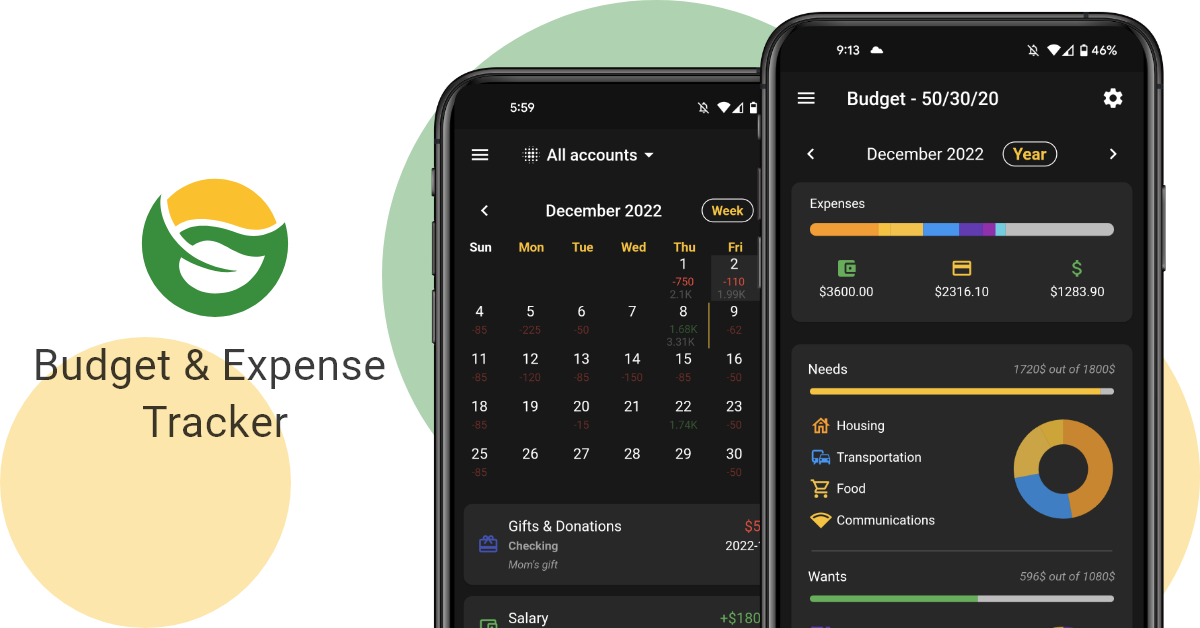70/15/15 budget rule
Do you often wonder what amounts you should allocate to your expense categories? The budget splitting strategy and its splitting rules are effective tools to use when asking this question. Miza actually calculates each category’s budget based on these different rules, which are simple and effective techniques to properly determine your personal finances.
One of them is called the 70/15/15 rule, which is the very topic of this page!
Where does this rule come from?
The 70/15/15 rule was developed by
Nicole Lapin in her book “Rich Bitch”. Renowned journalist (especially for
Bloomberg), she became interested in personal finance around 2014. Since then, her passion has led her to become a financial expert for several media platforms such as Forbes.
What does this budget rule say?
This rule suggests breaking down your net revenue in a structure that
focuses more on essentials and family expenses:
- 70% of your income is on basic needs. These needs include housing and co., transportation, communications, and food (grocery only, no restaurants!).
- 15% of your income is on your personal expenses. This includes the famous restaurant outings, your various monthly subscriptions, the purchase of clothing and everything related to care services.
- 15% of income is set aside for savings. Whether it's for a trip, a down payment, a financial cushion, keeping a 15% is just enough to deal with the unexpected.
With a high focus on essential needs, this rule won't work for everyone. If you have to be family-focused and have bigger expenses for housing (more kids = more bedrooms) and transportation (an SUV-like car costs more than a sedan!), this rule will benefit you. The other effect of this strategy is to deliberately force you to question your personal expenses and ask yourself “Do I really need it?”.
If you would like more balanced segmentations or more focused on an active lifestyle, you will prefer the
60/20/20 rule or the
50/30/20 rule.
An example please
Let’s say someone earns $3,000 net per month, then this income’s breakdown would look like this:
- $2,100 on basic needs. This amount’s breakdown could be something like this:
- $900 on rent (or a rent of 1,800 divided by two)
- $500 on groceries (or $1,000 divided by two)
- $60 on electricity
- $540 on car-related expenses (car lease and insurance)
- $100 on gas
Remember that these are only examples and that most expenses are subject to several factors.
- $450 on personal expenses. Just enough for a visit to the hairdresser, a few dining outs and a few subscriptions from which you should choose your favorites.
- $450 set aside. That's $5,400 a year; enough to have a financial cushion and some extra money to invest in your children's education.
Conclusion
With the 70/15/15 rule, it's pretty easy to balance your family expenses. Our
Miza budget application lets you use this rule that dynamically adjusts your budget according to your transactions.



